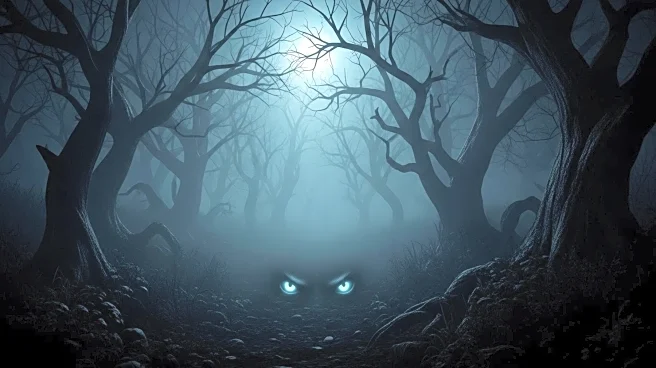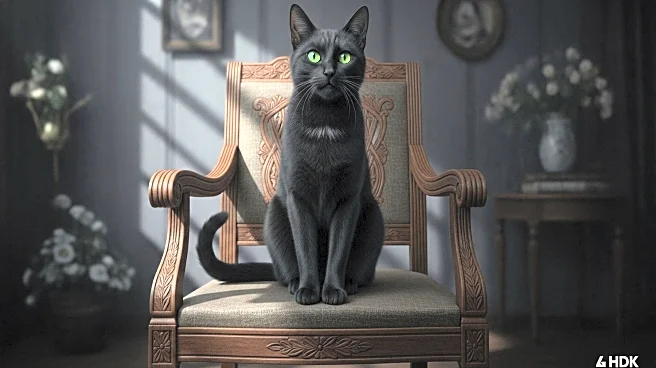What is the story about?
What's Happening?
Blumhouse Television, in collaboration with Plimsoll Productions, is launching a new Netflix series titled 'Nightmares of Nature.' The series, narrated by Maya Hawke, combines elements of natural history and horror, focusing on the perilous experiences of animal characters in the wild. The first season, 'A Cabin in the Woods,' set in North American forests, follows a mouse, a raccoon, and a froglet as they encounter the dangers of the woods. The second season, 'Lost in the Jungle,' takes place in the Central American rainforest, featuring an opossum, an iguana, and a jumping spider navigating the treacherous environment. Each season consists of three 45-minute episodes, with the first season premiering on September 30 and the second on October 28.
Why It's Important?
The introduction of 'Nightmares of Nature' represents a novel approach to documentary storytelling, merging the educational aspects of nature shows with the suspense and thrill of horror. This innovative format could attract a diverse audience, appealing to both nature enthusiasts and horror fans. By highlighting the inherent dangers and dramatic moments in the animal kingdom, the series may also raise awareness about wildlife and environmental issues. The collaboration between Blumhouse and Netflix underscores the growing trend of streaming platforms investing in unique content that pushes traditional genre boundaries, potentially setting a precedent for future productions.
What's Next?
As 'Nightmares of Nature' premieres, its reception will likely influence the development of similar hybrid-genre series. Positive audience feedback could encourage Blumhouse and other production companies to explore additional projects that blend educational content with entertainment. The series' success may also prompt Netflix to continue investing in innovative programming that challenges conventional storytelling methods. Additionally, the show's impact on viewers' perceptions of wildlife and natural environments could lead to increased interest in conservation efforts and environmental education.
AI Generated Content
Do you find this article useful?














